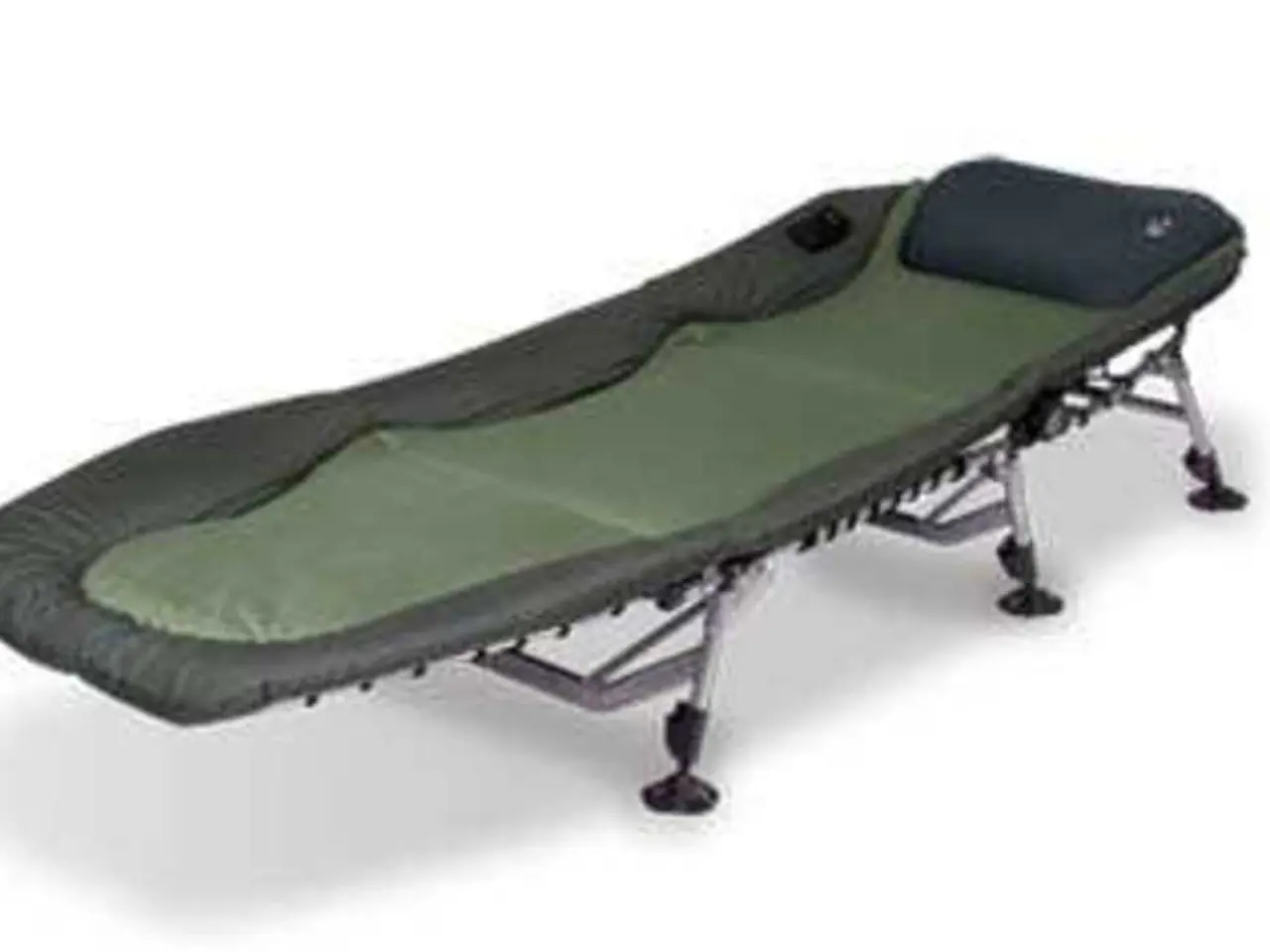Ballet dancer's favored Pilates exercises for sculpting strong leg muscles
================================================================================
Pilates exercises like single-leg circles, corkscrews, and side leg series are proving to be a valuable addition to dance routines, offering significant benefits for overall strength, flexibility, and balance. These moves, which target core stabilization, hip and leg muscles, and improve controlled mobility, are helping dancers enhance their performance and prevent injuries.
Single-leg circles, for instance, engage the hip and leg muscles, improving hip flexibility and strengthening stabilizing muscles. This helps reduce stiffness and improves movement efficiency, as a dancer's story attests. A ballet dancer has found that these exercises have helped them improve their controlled balance, particularly during single-legged ballet moves like pirouettes.
Corkscrews, another popular Pilates exercise, focus on the core by lifting and circling the legs in a controlled manner. This strengthens abdominal and stabilizing muscles and enhances spinal mobility, contributing to better posture and athletic performance.
The side leg series, performed by lying on one side, lifting the other leg, and moving it in front of and behind the body for 8-10 reps each side, targets the hips and glutes, improving strength and stability on each side of the body. This supports balance and core integration, helping dancers maintain positions for longer during ballet practice, as another dancer has experienced.
To perform these exercises, one must maintain control and precision in their movements. For example, during the side-leg series, isolating the leg movement and keeping the rest of the body still is crucial. If there is movement in other parts of the body, slowing down the movement or not lifting as high can help.
For those with lower back issues or tight hamstrings, keeping the resting leg bent is recommended during single-leg circles. For corkscrews, if needed, bending the knees to lift the feet is allowed. The circles should start small and increase in diameter as strength builds.
Combining training styles can be beneficial for developing comprehensive leg strength, with Pilates exercises being a good complement to a dance routine. Katie Kahumoku, a certified classical Pilates instructor, consultant, instructor mentor, and owner of The Workshop in Edmonds, WA, provides valuable tips for performing these moves.
During these challenging times, a ballet dancer is maintaining their strength and flexibility at home by implementing Pilates moves into their warm-ups. These exercises not only help with stability, balance, mind-muscle connection, and strength but also develop active mobility rather than passive flexibility, improving joint function and movement efficiency while supporting rehabilitation efforts.
In conclusion, Pilates exercises offer a wealth of benefits for dancers, helping them build lean, toned muscles, improve balance, and increase flexibility and muscle tone in the lower body. By focusing on controlled, precise movements, these exercises lead to better posture, enhanced athletic performance, and injury prevention.
- Incorporating yoga, another component of health-and-wellness, into dance routines can further improve flexibility and muscle tone, as its slow, intentional movements focus on enhancing spinal mobility and core strength.
- Science has shown that Pilates and yoga, when practiced together, can create synergistic effects in fitness-and-exercise, maximizing the potential for improved athletic performance and wellness.
- Embracing such exercises as single-leg circles, corkscrews, side leg series, and yoga postures that emphasize controlled mobility and stabilization can not only benefit dancers but also help individuals seeking overall wellness and health-and-wellness.




